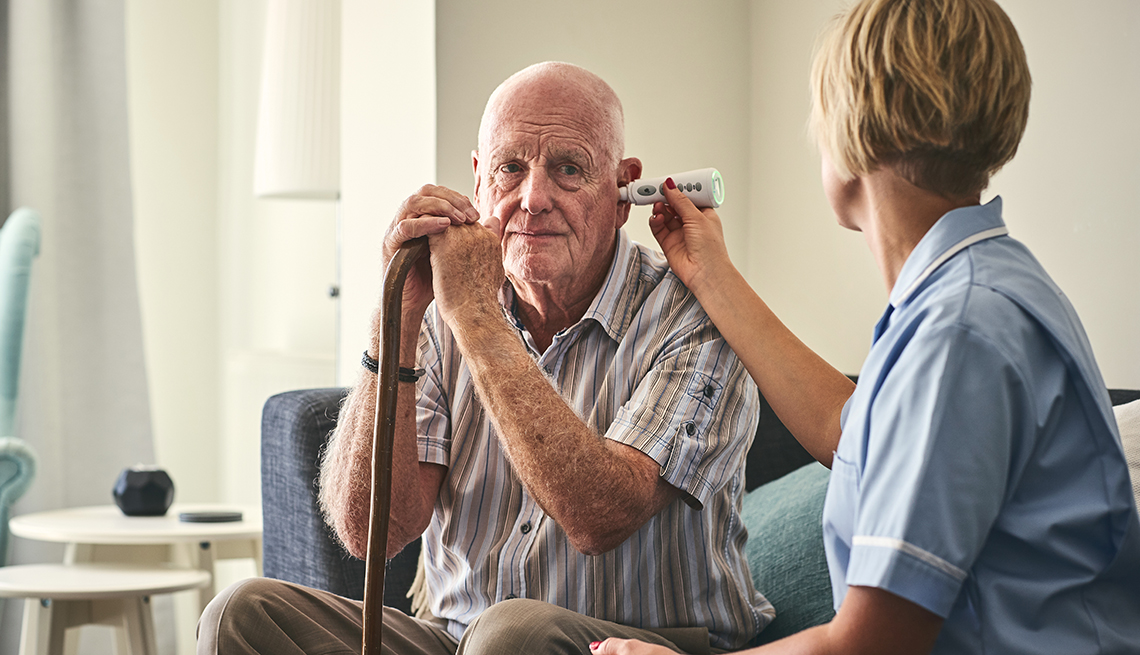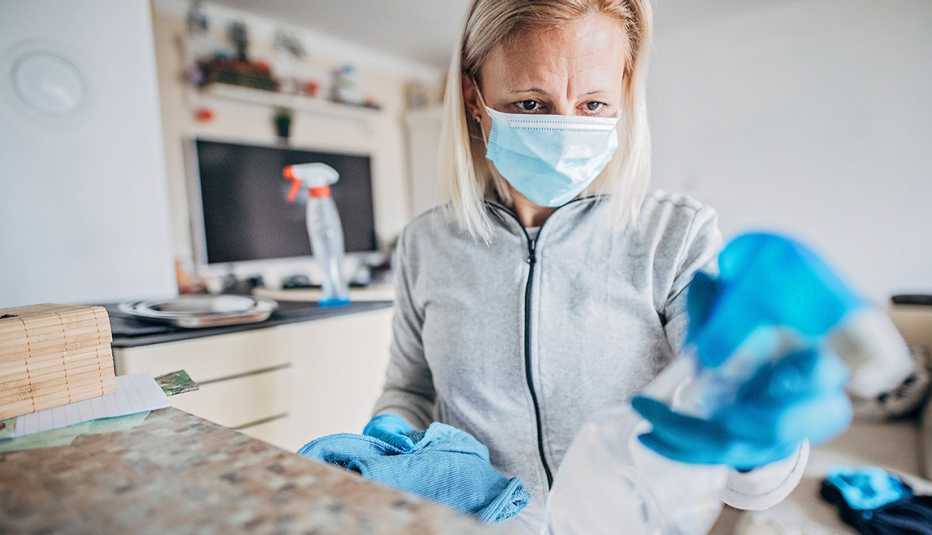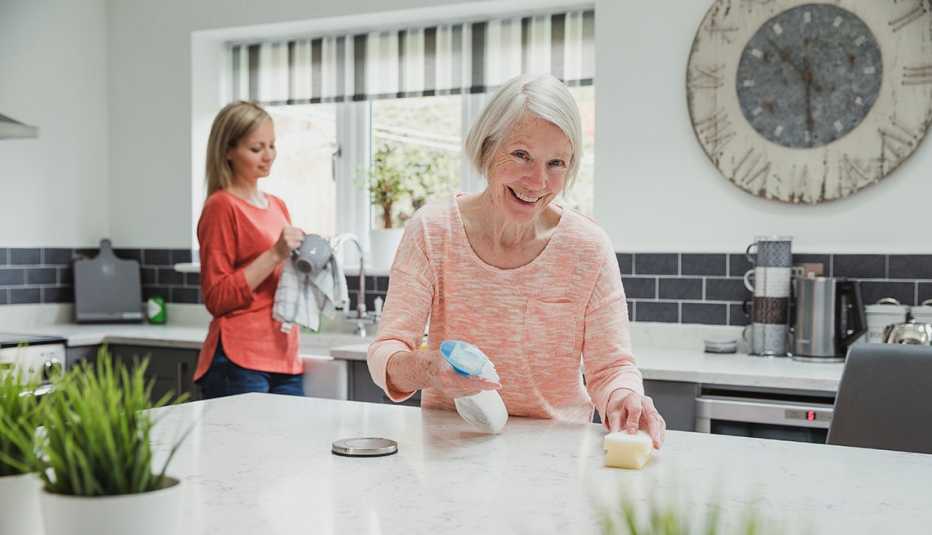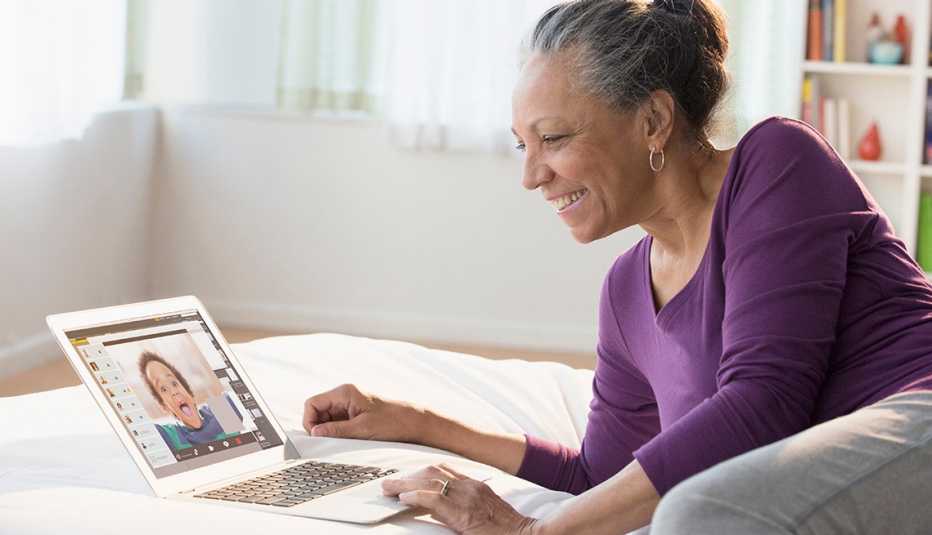Staying Fit
Just a few weeks ago, Ruth Rofs, 76, was preparing to welcome professional caregivers into her Indianapolis home for the first time. The plan was that they would come twice a week, for four hours each day, to help with her 80-year-old husband, James, who has congestive heart failure and dementia. “But I think I'm just going to wait,” Rofs says, noting that the number of confirmed COVID-19 cases in Indiana is climbing. “I just don't want him to get exposed to something that's coming from another patient. I need help, but I'm afraid.”
Rofs isn't alone. Every year an estimated 12 million Americans who are infirm, chronically ill or disabled depend on some form of in-home care, according to the National Association for Home Care and Hospice (NAHC). Many are 65 or older and have serious underlying medical conditions, placing them in the high-risk category for severe illness or death if they contract the novel coronavirus.


AARP Membership— $12 for your first year when you sign up for Automatic Renewal
Get instant access to members-only products and hundreds of discounts, a free second membership, and a subscription to AARP the Magazine.
But physical distancing, as the federal government advises, is particularly difficult during in-home care, which often requires close contact for tasks like bathing, grooming and feeding. “Remember, though, the reason health care workers are going into people's homes is because those people need care,” says NAHC President William Dombi. “And those needs are still there in spite of the pandemic. If they don't get the care they need, they may end up in the ER, and that's not the place for them to be right now.”
To continue needed in-home care, nurses, hospice attendants, personal aides and therapists are taking extra safety precautions to mitigate the risks of transmission and keep their patients as safe as possible. For registered nurse and hospice case manager Lisa Ewing, the day starts and ends with self-monitoring. Her agency, Androscoggin Home Healthcare and Hospice, located in Maine, requires all staff to take their temperature and assess their wellness, then report that information to their supervisors. Patients are also screened using the Centers for Disease Control and Prevention (CDC) protocols before visits. “We are checking for fever, shortness of breath, a cough and whether they have had exposure to anybody that's been in a hot spot,” Ewing says.
She then gears up accordingly. “If symptoms are presenting, but there's been no known exposure to COVID-19, we wear goggles, gloves and regular surgical masks,” she says, noting that her agency also has the more protective N95 masks on hand, should staff need to care for patients with the coronavirus.
Where possible, Ewing is cutting down on in-person visits and opting for telecare, such as phone and video calls. “Patients who I usually visit twice a week now want me to come just once a week, so I'll do a telephone visit for their second session instead,” she says. “I'm being extra careful when I call them to make sure they have what they need: medication, supplies, etcetera.”




































































